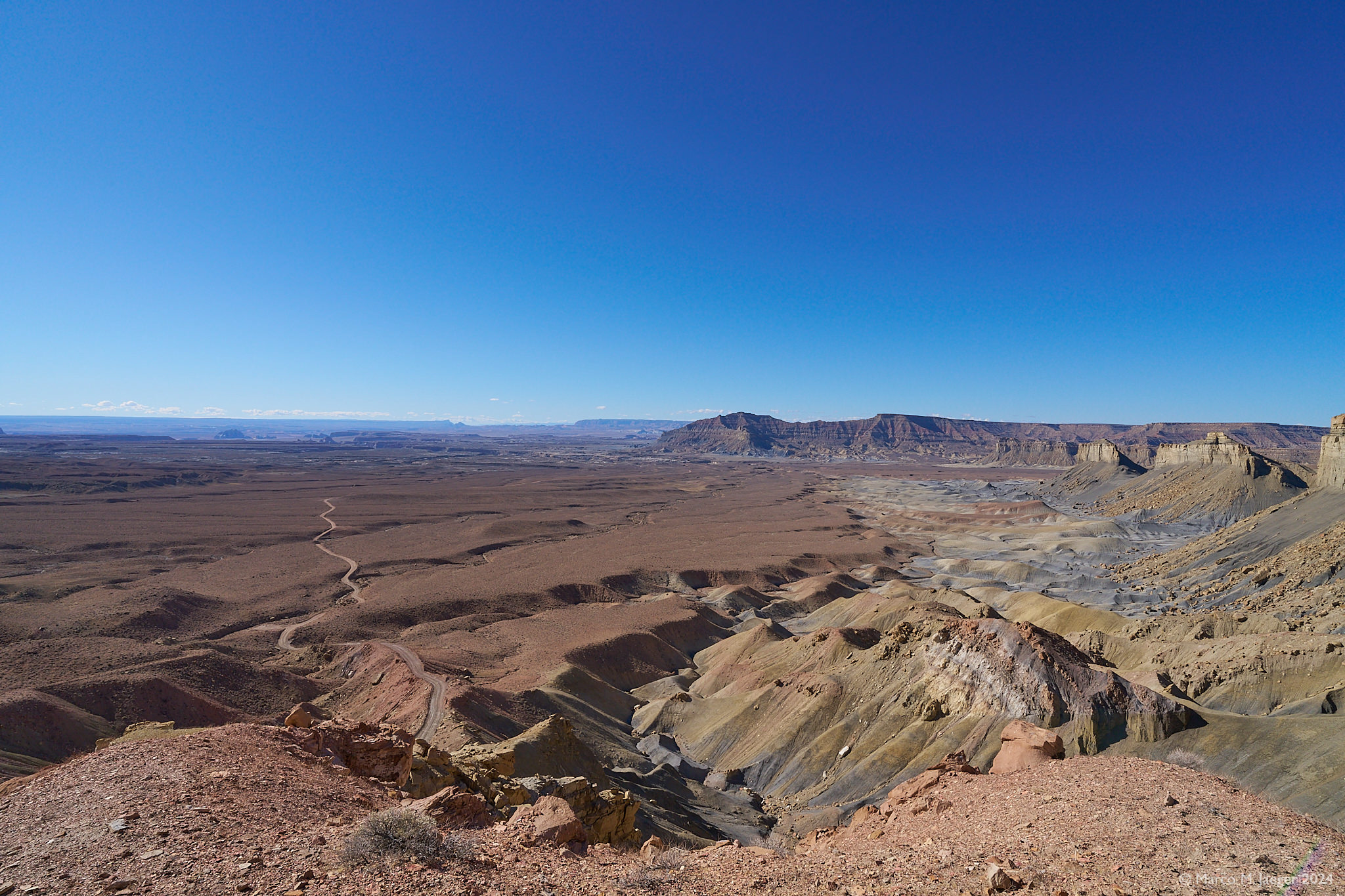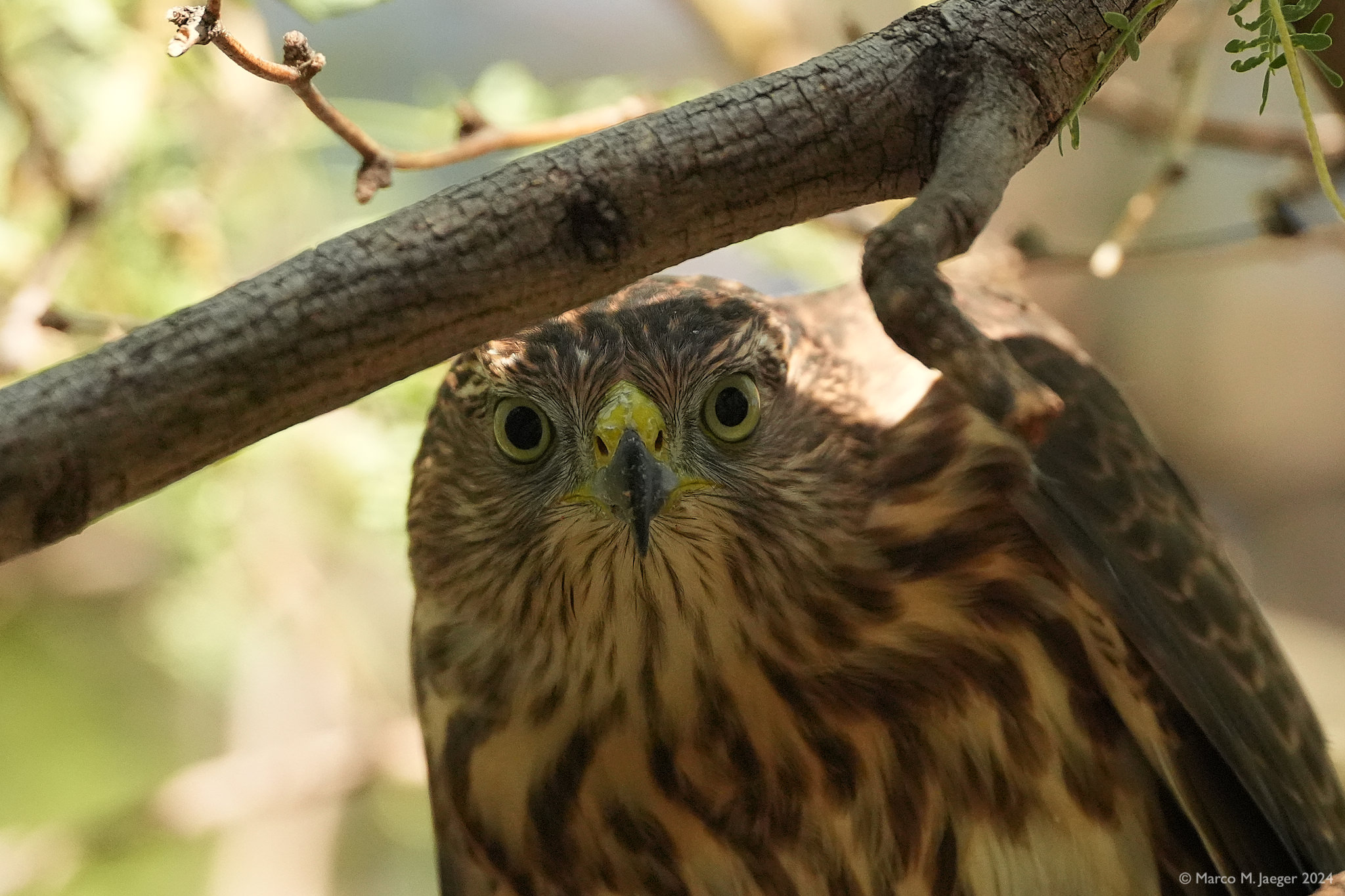As the weather does not look that promising for the afternoon, so we decide to go for a walk in the nearby San Clemente Park along Hwy 52 – it’s our first visit and we are impressed by it’s beauty.
Over 40 million years ago an ocean covered San Clemente Canyon. Fossilized mollusks, such as snails and clams from that period are still found in the canyon walls. Horizontal lines of round rocks at many levels, separated by clay and sand, represent the various levels of the ocean washing sand away and leaving rocks at surf level. Wind and water erosion have also contributed to the depth of San Clemente Canyon. The creek now meanders down the floor of the canyon, which it continues to deepen and widen.
The main canyon and its tributaries continue to support a population of resident wildlife including raccoons, skunks, rabbits, amphibians, reptiles, and birds, and serve as a pathway for coyote, fox, and other mammals. Along the length of the canyon are oak, sycamore, and willow trees with their ever attendant undergrowth of native and other plant species. The native plant communities are closely related to the natural climatic zone in which they are found and the underlying soil in which they must grow.
The canyon has an intermingling of native plant communities, some of whose range is restricted to Southern California and Northern Baja California. There is a riparian woodland along the creek beds and side canyons where water flows. The hillsides contain coastal sage scrub and chaparral, two plant communities characterized by their adaptation to survive prolonged drought and periodic brush fires.
Source: The City of San Diego













